ROI in B2B Marketing : 10 Easy Ways to Measure It

Almost 32% of companies today spend over 5% of their budget on marketing alone. It may not seem like a massive number right away, but 66% of these companies plan on increasing their marketing budget. Moreover, with a growing understanding of the importance of marketing, this number is predicted to climb further.
Many companies promptly invest a chunk of their money towards marketing in hopes that it will boost sales. And it can. But how exactly does one determine the result of this investment?
Once the money has been invested and the campaign implemented, the next step is to measure this investment. This is to determine if the influx of money made a difference or not. It is the mark of a good marketing plan.
There are a variety of ways to calculate ROI in B2B marketing. But first, it is necessary to understand the meaning of ROI in B2B marketing.
In This Post
What is ROI on B2B marketing?
The difference in revenue and marketing expenditures compared to marketing costs is the percentage of B2B marketing ROI. In simpler terms, it is the revenue obtained by a corporation as an outcome of investing a certain amount of money in marketing.
Obtaining marketing ROI for a B2B businessreduced might includ might be more relatively challenging than for B2C enterprises. This is due to the lengthier sales cycles of a B2B business.
Nonetheless, measuring ROI in B2B marketing can offer a few critical advantages.
- Justifies the investment
It can help understand the results of the investments. After all, everyone wants to know how their money is being spent, where it is channeled, and how it is faring.
- Determine which initiatives are the most effective
Since most marketing ROI is measured on a case-by-case basis, it can help determine which tactics are working best. Companies can implement these strategies in later marketing campaigns.
- Recognize the marketer’s true motives
Marketing is incredibly data-driven today, and the only way to know if the marketers are doing their job is by measuring the ROI. While creativity does play a huge role, it is all about targeting and numbers today.
Measuring ROI helps keep marketers on their toes and pressures them to play the numbers game equally hard.
- Learn from the competitors
Public financials can be a crucial resource for other companies to learn from. A B2B business that is still at a teething stage with regards to marketing investments can greatly benefit from these.
They can refer to other companies and their marketing financials to understand how to channel their revenue to extract the best outcomes.
Also Read : Enterprise Vs Startup Marketing
Measuring the ROI of B2B Marketing
Aside from establishing an appropriate ratio, calculating ROI requires a few typical approaches. Larger corporations prefer to gain insights into data using several measuring tools. However, doing so may be exorbitant therefore adding to the expenses further.
Listed are among the simplest and most prevalent ROI measurement methods.
The B2B Marketing ROI Formula
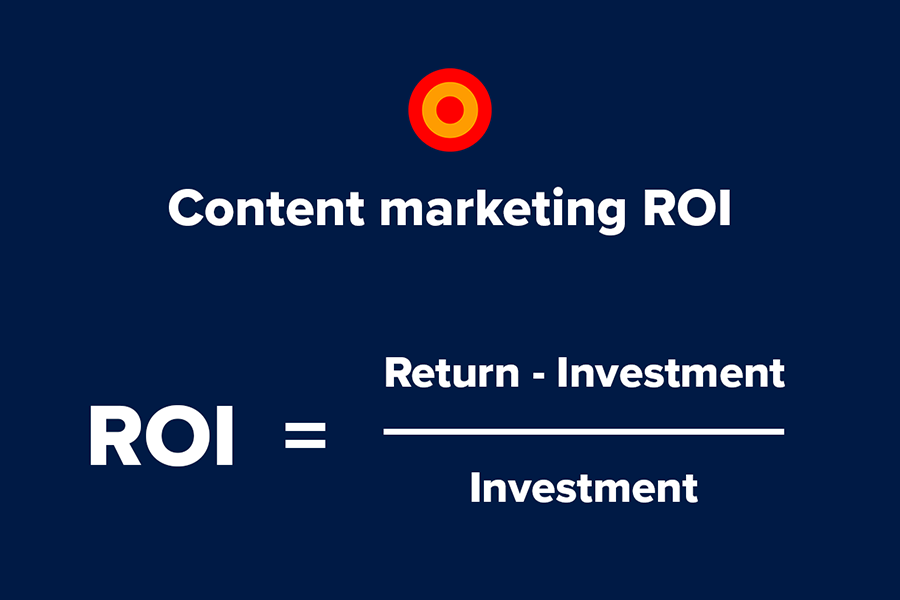
Once all of the figures are in place, using the following method, a firm may begin assessing their ROI in B2B marketing:
(Revenue – Investment) / Investment * 100
- First, calculate the income from digital marketing. Determine, for example, how many leads the company has been receiving each month. Sort the leads into contact forms, newsletter signups, quote requests, phone calls, and any other means the company uses for lead generation.
- Next, calculate the number of targeted sales leads converted for each lead-generating source. They may need to be calculated after gathering a full year of data, based on the company’s lead time.
- Finally, determine what every lead is worth to the company. This step is usually executed while creating objectives in Google Analytics.
If the firm has not previously done so, it is strongly advised that they look into it quickly. This might otherwise hinder the entire ROI measuring process, notably if the firm offers a wide range of services.
Market-Mix Modeling
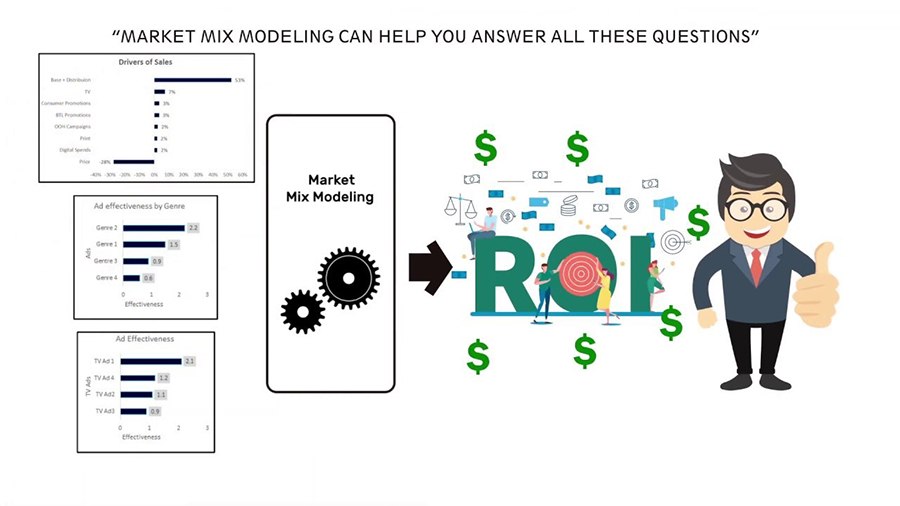
This is a rather comprehensive way to measure ROI. The primary goal of a Marketing Mix Model is to identify how multiple marketing activities influence the KPIs of B2B businesses. Brands use it as a decision-making tool to measure the success of various marketing strategies in boosting ROI.
Since it relies mainly on statistical data, companies can create some helpful models that can be used over extended periods across different parts of a marketing initiative. It also takes into account things such as those economic trends and market volatility.
The only issue is that it necessitates acquiring a large amount of expensive data and a dedicated marketing and analytics team for smooth operation.
The Single Attribution/First and Last Touch Attribution Model
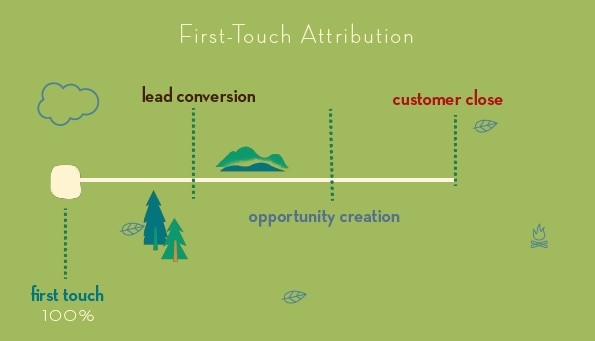
Source: Salesforce
The most common method for monitoring the outcomes of marketing programs is to attribute all of the revenue to the first (or last) program that touched the sale. This usually means assigning the contract to the first individual or a key representative from that firm.
Certain reasons for its popularity include:
- Certain reasons for its popularity include:
- Incurs lower expenses
- Provides valuable data points throughout the sales cycle
- Designed for investments in lead creation rather than lead nurturing.
It does, however, have certain drawbacks. It ignores the impact of several successive touches and struggles to detect prolonged client engagements.
Calculation of Client Lifetime Value and Customer Acquisition Expenses
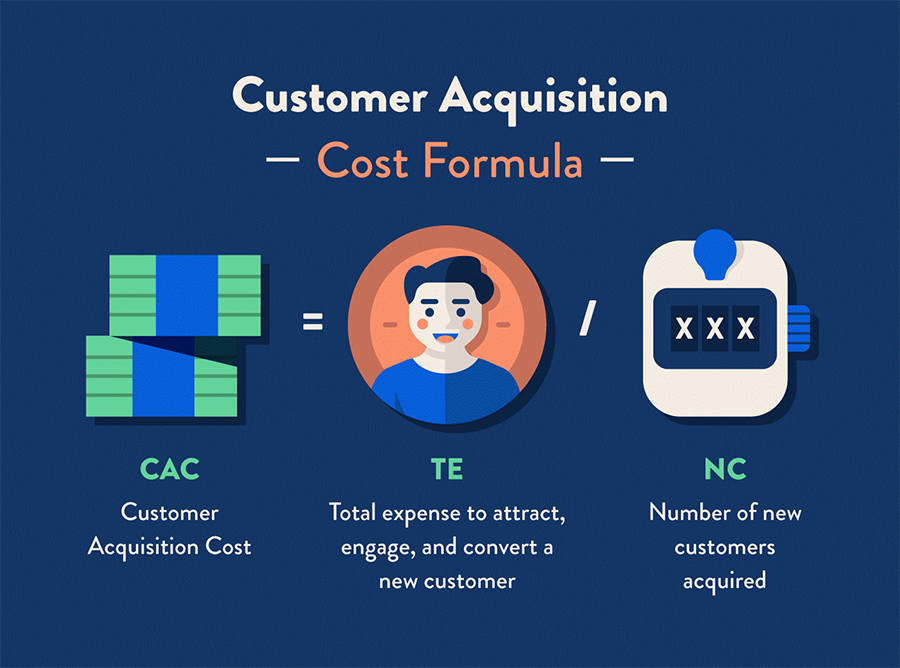
This is among the most used methods for measuring marketing ROI. With this model, businesses can efficiently assess the ROI of any B2B marketing campaign task.
There are several steps involved in this:
- To begin, evaluate the customer lifetime value or CLV. The average amount a client will spend with a company over the course of their relationship is known as the customer lifetime value.
- Companies must assess the average lead value for campaigns that have objectives other than sales or client acquisition. To arrive at this figure, they must compute the lead-to-customer conversion rates.
- The average lead value is calculated by multiplying the rates of conversion of leads by the customer lifetime.
- On deriving these numbers, the next step is calculating the marketing expenses for a specific timeframe or campaign.
- Finally, with these variables, companies can calculate the ROI using the marketing ROI method.
Establish Testing and Control Groups

An excellent technique to determine the genuine impact of a marketing effort is to compare the outcomes of that endeavor to those of a well-formed control group.
One can measure almost everything with a suitable test design. However, testing anything this way is extremely costly.
Start by applying the program that has to be measured to one element of the target group of customers while avoiding another homogenous section of that group when using test and control groups. Since every other factor remains controlled, any change in buyer behavior from the two groups may be attributed to the program.
What a company measures as an outcome metric can be anything: income, profitability, leads, search traffic, average selling price, or even conversion rates.
This is useful when it is tricky to see the program’s influence on items like revenue. This method allows measuring several different touches rather than just one.
Use the Sales Funnel Method
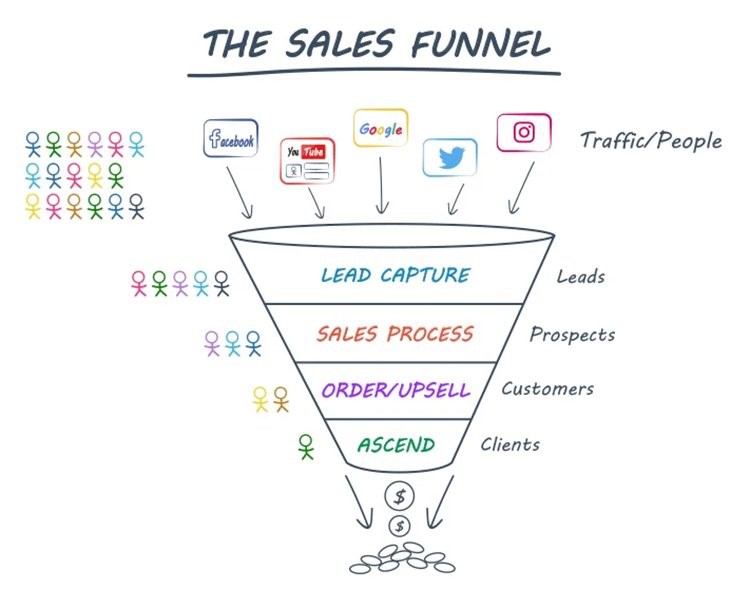
The Sales Funnel Approach is another way of calculating ROI in B2B marketing. This strategy necessitates ongoing awareness of where each lead is in the sales cycle to better identify which marketing strategies keep the prospects engaged and interested in buying.
A marketing automation platform is required to apply this method successfully. This is because it helps manage and monitor every phase of the sales pipeline while offering relevant insights.
A few crucial insights that deserve particular attention at each stage of the sales funnel process are as follows:
- 1. Engagement Rate: The number of prospects and their rate of engagement with marketing channels.
- 2. Conversion of Leads: The percentage of prospects who become leads.
- 3. Lead Pipeline: The volume of leads that eventually wind up in the sales funnel pipeline.
- 4. Sale Conversion: The proportion of leads that result in a sale or customer acquisition.
- 5. Total Income: The total amount earned by completed transactions
These analytics provide a high-level perspective of the customer’s progress through the sales pipeline. Ultimately, this will aid in the identification of trends or patterns that emerge around specific media consumption, conversion points, sales tipping points, or channels.
Calculate the Number of Online Leads

Source: Amazon AWS
A strong B2B website would employ a solid user experience and an organic search approach to boost leads. However, quantifying leads through online initiatives can be challenging without the immediate thrill of an online transaction, such as one may see on consumer websites.
Metrics such as site traffic, page visits, and bounce rates can help evaluate audience interest. A well-performing website in these measures increases brand exposure and retention.
Therefore, the ideal metrics are contact forms, quotation request submissions, or even a lead. Completed forms are the primary conversion point when looking for leads, or you can also obtain leads database from authentic sources. These metrics serve as the foundation for calculating the rate of conversion of leads or the overall number of site visitors that take the next step toward conversion.
Evaluate Paid Traffic Conversions

When using Google Ads for pay-per-click (PPC) advertising, be sure to analyze the activity and traffic in Google Analytics. Each ad click that results in a visit to the website costs money, so it is imperative to ensure that one receives their investments’ worth.
The lack of a clear next step on the website might cause a high bounce rate. It is also possible that the traffic is irrelevant.
Select “Search Query” as the Primary Dimension after going to Acquisition > Campaigns > Paid Keywords steps on Google Analytics. Examine this data to ensure that consumers are not searching for something irrelevant to the company.
Attribution Plus Revenue Cycle Projections
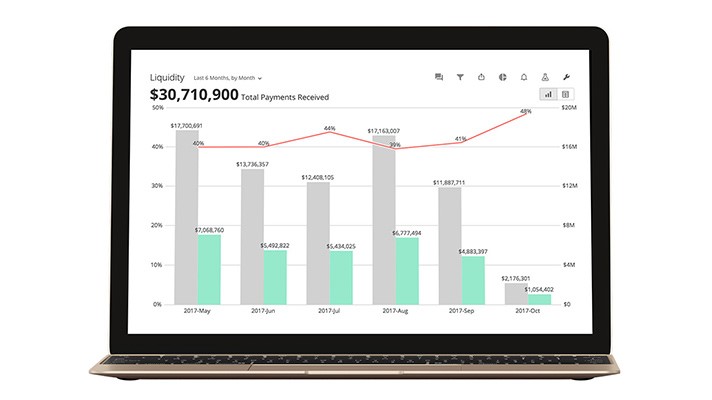
Source: Healthcare finance news
Certain methods of marketing ROI assessment might be damaging at times. They fail to consider the time towards investment payback and might lead to judgments that favor short-term rewards over long-term wealth creation.
This is true for all sectors. However, its influence is more apparent in businesses with considered-purchase items and lengthy revenue cycles.
Calculating revenue cycle projections is the solution. Companies can better understand the long-term effects of their initiatives by adding revenue cycle estimates to a first or last-touch single attribution.
Furthermore, it comes with a range of benefits:
- Revenue Cycle Projections concentrate on the revenue effect of programs rather than merely the top of the funnel.
- Estimates are used to calculate the future worth of the current investments.
- They assess programs based on lead quality rather than quantity.
Investigate the Length of the Selling Cycle
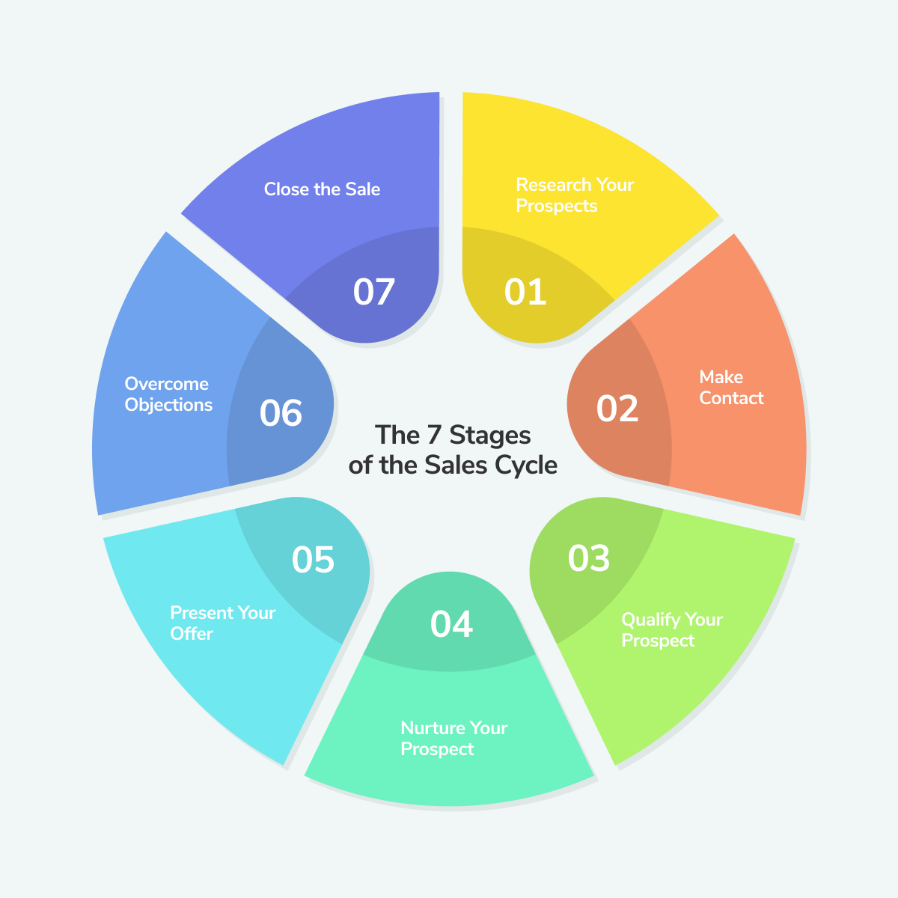
Evaluate the hours spent by the company on the sales process through the use of the CRM platform. Reducing the number of hours spent on each sale equals more efficiency and time to move on to the next prospect.
For example, employing a website to guarantee that the sales cycle is reduced might include:
- A compelling contact form submission or call to action (CTA).
- Suitable organic search keywords and phrases.
- User-friendly content.
A B2B business website may not have the ROI measurement tools, but it contributes to a significant online presence. Potential customers will look for a business, and a well-built website will assist in encouraging sales while meeting the demands of the customers.
To Wrap Up
Increasing the ROI will demand efforts and changes in a number of areas and long-term activities. Most significantly, it will demand research on the ROI in B2B marketing. While this may appear extremely challenging, the strategies discussed above may be quite successful and easy to implement.
Furthermore, with the appropriate strategy, knowing what consumers want, effectively engaging with the target audience, and monitoring statistics can allow the ROI to soar.




